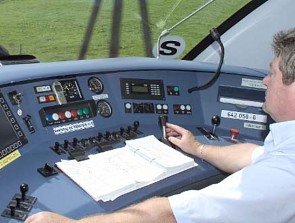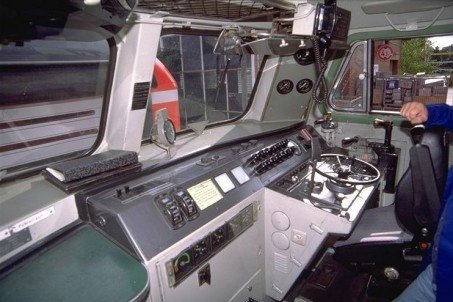Background

The profession of train driver has undergone many changes in recent times, such as changes in organisational structures, new vehicles, additional technical equipment, changes in the rules and regulations and the adoption of additional tasks.
Method
Video observation, eye tracking, simulator runs, questionnaires, semi-structured interviews, workshops, expert reviews and physiological measurements are used to investigate the complex relationships.
The multitude of influences is captured through rides on different routes and at selected times of the day, visits to operational facilities with different task areas (e.g. suburban railway, rural region, etc.) and evaluation of documents (e.g. shift schedules).
Results
The result is a comprehensive analysis of the stresses and strains on train drivers. Relevant sources of stress were identified and design proposals were developed.





